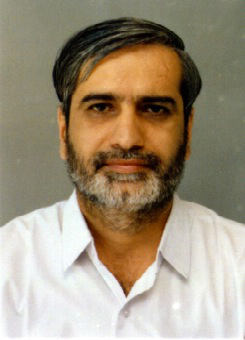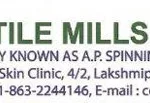 The Union Budget (2015-16) was presented by FM Arun Jaitley on 28 February at a time when expectations were unrealistically high from all sections: corporates, small businesses, industry as well as common men. As usual, the Budget got mixed and cautious reactions so as not to offend those who ignored industry’s demands.
The Union Budget (2015-16) was presented by FM Arun Jaitley on 28 February at a time when expectations were unrealistically high from all sections: corporates, small businesses, industry as well as common men. As usual, the Budget got mixed and cautious reactions so as not to offend those who ignored industry’s demands.
CITI Chairman Prem Malik expressed his deep disappointment : “forget fresh investments under the TUFS during 2015-16 because there is no balance available for fresh investments under the scheme as of now due to the reduction in allocation to Rs. 1520 cr from last year’s Rs. 1864 cr.” CITI’s other complaints include increase in service tax to 14% and the hike in effective rate of excise duty on MMF from 12.36 to 12.5%. This hike is effected in spite of a unanimous request from all the segments of the industry to reduce it from 12.36% to 6%. CITI feels that some measures in the budget may help in the long run but there is no textile specific proposal in it.
Mr. O.P. Lohia, Chairman of Indo Rama Synthetics, along with his friends, even went to meet Textile Minister and Sanjay Panda, Secretary MoT to tell them that the textile industry was expecting a strong focus from the Govt. but there was no mention of it. There was nothingin the budget toimprove the health of the textile sector.
T. Rajkumar of SIMA also raised the above points saying that the govt. has not considered some of the major demands of the textiles and clothing sector. He has demanded that the 6% excise duty on shuttle less looms should be removed. According to SIMA, the growth of the sector in the country is stagnant because Indian man-made fibers are 23% higher compared to international price and that’s why govt. should remove import duty and reduce Central Excise on MMF.
Virender Uppal of AEPC said that none of their expectations was met. The industry wanted inclusion of fabrics to the extent of 2% of FOB value under the overall 5%t entitlement, announcement on the 3% interest subvention for garment exports, deduction in the IT for undertaking R&D, reducing the threshold investment limit from Rs 25 cr to Rs 1 cr. He has appealed to the FM to reconsider AEPC’s request which represents thousands of SMEs that generate Rs 1 lakh cr worth of exports. He also urged the govt to look into hiking all industry duty drawback rates immediately in view of the new incidence of service tax, excise duty & hike in excise duty on diesel.
Rahul Mehta of CMAI has welcomed the continuation of optional excise duty route on branded apparel. The move to make ESIS and EPF schemes optional for workers will remove a major roadblock faced by smaller players. He, however, felt that this year’s ‘Make in India’ oriented Budget could have some industry specific incentives for the apparel industry. The continuation of the optional excise duty regime by extended the optional Cenvat route for cotton textiles this year too, is perhaps the only silver line in the whole budget as far as the textiles industry is concerned.
For making ‘Make In India’ workable, and to seriously increase India’s global share from 4%, as against China’s 35%, the production must be scaled up & modernized substantially. Policy makers generally talk about the textile industry with pride citing the number of jobs it provides and also its hefty share in country’s economy. But at the budget time, the industry is very conveniently forgotten. It hardly finds any deserving mention in country’s most important policy document. Sadly, Modi government has continued to follow this old tradition and disappointed almost everyone.
G.D. JASUJA
Managing Editor





